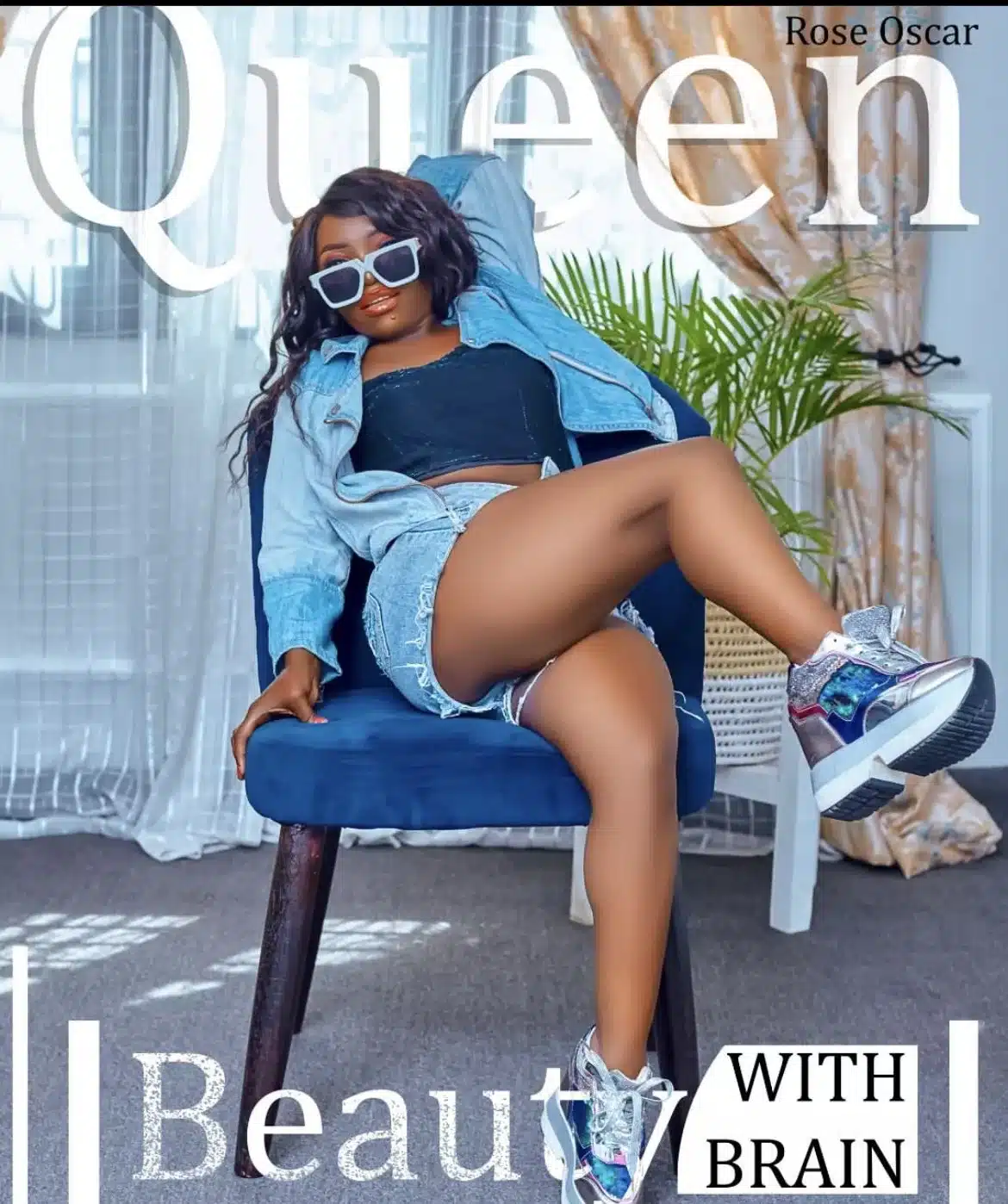Commercial modeling is a diverse and inclusive facet of the modeling industry, focusing on promoting products, services, and brands through various advertising channels. Unlike the exclusive standards of high fashion, commercial models represent a broad spectrum of ages, sizes, and ethnicities, making them relatable to a wide audience. These models are featured in advertisements, catalogs, television commercials, and online campaigns, embodying a friendly and approachable image that resonates with consumers.
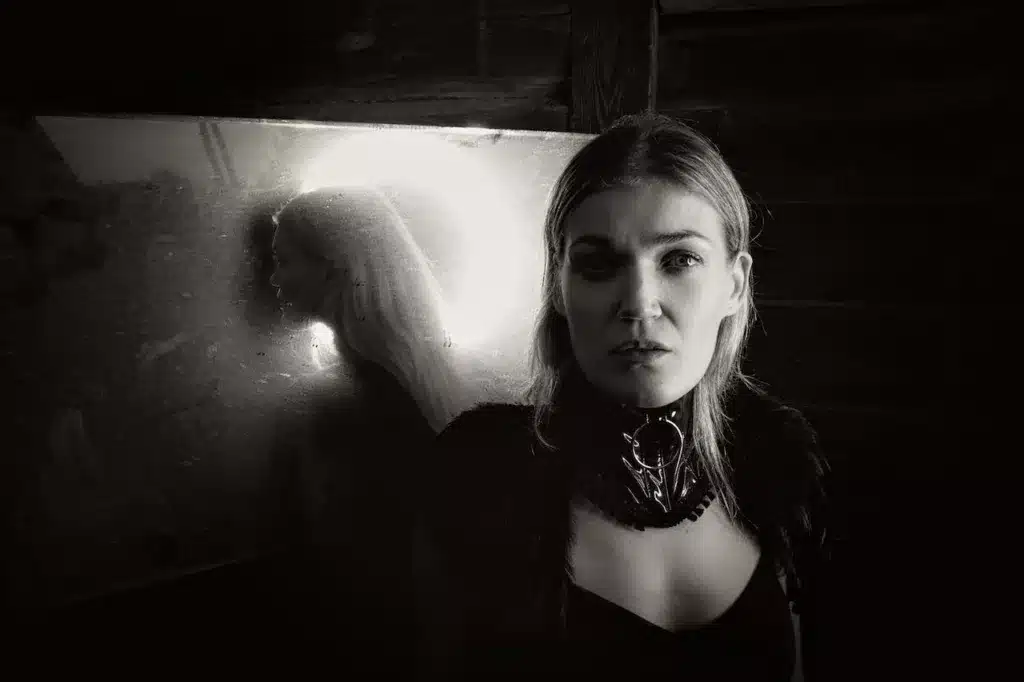
Commercial modeling requires the ability to convey authenticity and relatability, showcasing everyday scenarios and products. The emphasis is on connecting with consumers on a personal level, making commercial models integral to the success of advertising campaigns across a multitude of industries. Their versatility and relatable appeal contribute to shaping the public’s perception and influencing purchasing decisions in the world of marketing and promotion.
Photoshoot
A photoshoot is a collaborative and creative process in which a team of professionals, including photographers, models, stylists, makeup artists, and possibly art directors, work together to capture still images for a specific purpose or concept. These sessions can take place in various settings, such as studios, outdoor locations, or specific environments chosen to complement the desired aesthetic.
The goal of a photoshoot is to produce high-quality photographs that effectively convey a concept, tell a story, or showcase products. Careful planning goes into aspects like lighting, composition, wardrobe, and poses to ensure that the images align with the intended vision. Photoshoots are prevalent across various genres, including fashion, commercial, editorial, and portrait photography, and they contribute significantly to visual storytelling in the realms of art and media.
What is commercial modeling
Commercial modeling involves models showcasing products, services, or brands in various forms of advertising and marketing. Unlike high-fashion modeling, which often caters to a niche audience, commercial models have a broader appeal and represent a diverse range of ages, sizes, and looks. They are featured in a wide array of media, including television commercials, print advertisements, online campaigns, billboards, and catalogs.
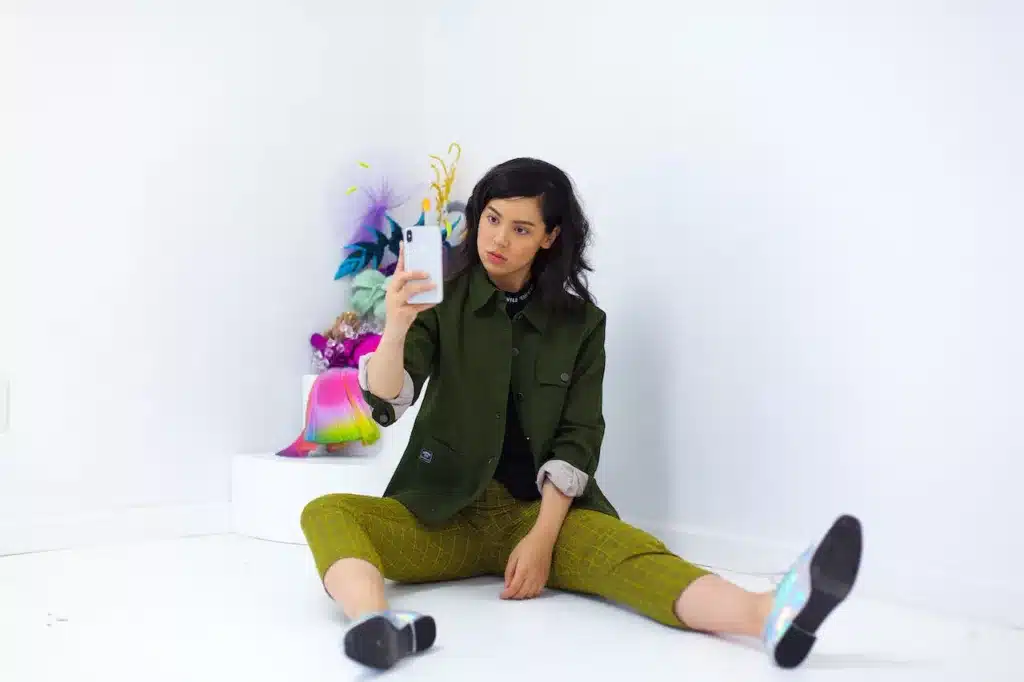
The primary goal of commercial modeling is to connect with a broad consumer base by presenting a relatable and approachable image. Commercial models may promote everyday products, lifestyle services, or represent a specific brand identity. Versatility, authenticity, and the ability to convey a friendly demeanor are crucial attributes for successful commercial models. This branch of modeling plays a pivotal role in the advertising industry, contributing to the success of marketing campaigns across various sectors.
What is commercial model do?
A commercial model’s primary role is to showcase and promote products, services, or brands in various forms of advertising and marketing. Unlike high-fashion models who often work with couture designers and runway shows, commercial models have a broader appeal and represent a more diverse range of looks and demographics. Here are some key activities and responsibilities of a commercial model:
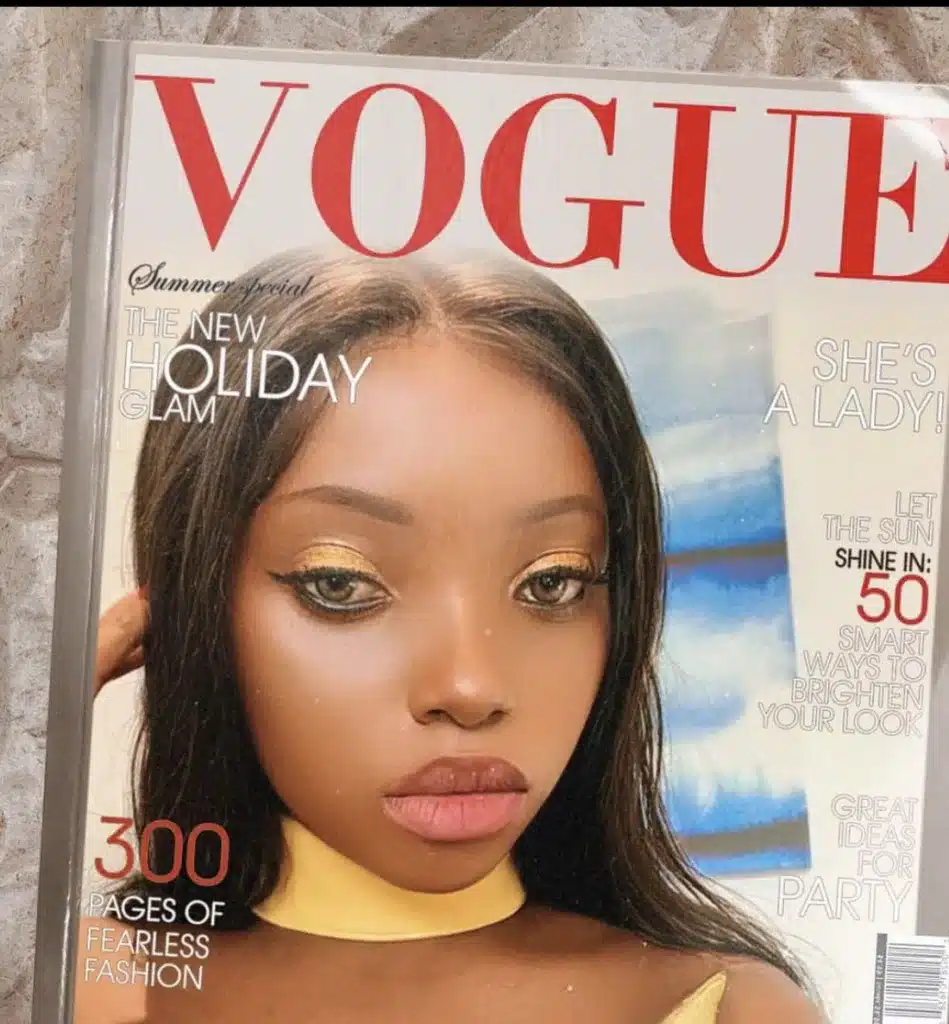
- Advertising Campaigns: Commercial models are featured in advertising campaigns across different mediums, including television commercials, print advertisements, online promotions, billboards, and catalogs.
- Product Promotion: They promote a wide range of products, from everyday consumer goods to lifestyle services. This can include clothing, beauty products, household items, technology, and more.
- Brand Representation: Commercial models embody a specific brand image, helping to create a relatable and approachable representation that resonates with the target audience.
- Photographic and Video Shoots: Models participate in photoshoots and video shoots to create visual content for advertising purposes. They work with photographers, stylists, and directors to bring a creative vision to life.
- Runway Shows and Events: While not as exclusive to commercial models as to high-fashion models, they may also participate in runway shows or events showcasing specific brands or products.
- Promotional Modeling: Some commercial models engage in promotional events and activities to directly interact with consumers and create brand awareness.
- Flexibility: Commercial models need to be versatile and adaptable, capable of conveying different moods, emotions, and styles to suit the varied requirements of advertising campaigns.
- Auditioning and Castings: Like other models, commercial models attend auditions and castings to be selected for specific projects. Strong communication skills and professionalism are essential during these processes.
Overall, the goal of a commercial model is to help companies and brands connect with a broad audience by presenting a relatable and appealing image that aligns with the marketing objectives of the campaign.
How to get into commercial modeling
Getting into commercial modeling involves a combination of preparation, networking, and persistence. Here are key steps to help aspiring models break into the world of commercial modeling:
- Develop a Versatile Look: Commercial modeling values diversity, so focus on cultivating a versatile and relatable appearance. Embrace your unique features and showcase the adaptability of your look.
- Build a Strong Portfolio: Create a professional modeling portfolio with high-quality photographs that highlight your range and versatility. Include a variety of shots showcasing different expressions, styles, and settings.
- Research and Understand the Industry: Familiarize yourself with the commercial modeling industry, including the types of products and services commonly promoted, the role of commercial models, and industry standards.
- Attend Open Calls and Castings: Many modeling agencies hold open calls or castings. Attend these events to introduce yourself, showcase your portfolio, and potentially catch the eye of talent scouts or casting directors.
- Sign with a Reputable Agency: Consider signing with a modeling agency that specializes in commercial work. Agencies can provide valuable connections, guidance, and opportunities within the industry.
- Network with Industry Professionals: Build relationships with photographers, stylists, and other industry professionals. Attend networking events, fashion shows, and industry parties to connect with individuals who may be involved in commercial projects.
- Create an Online Presence: Establish a strong online presence through social media platforms and a personal website. Showcase your portfolio and engage with the modeling community, potential clients, and agencies.
- Take Acting Classes: Commercial modeling often requires conveying emotions and scenarios convincingly. Taking acting classes can enhance your ability to express different moods and engage with the camera effectively.
- Be Professional and Reliable: Demonstrating professionalism, punctuality, and reliability is crucial in the modeling industry. Be responsive to communication, and approach opportunities with a positive and proactive attitude.
- Stay Persistent: Breaking into commercial modeling may take time and perseverance. Be prepared for rejections, learn from each experience, and continue refining your skills and portfolio.
Remember that commercial modeling is about relatability and connecting with a broad audience. Embrace your individuality, continuously improve your skills, and remain determined on your path to establishing a successful career in commercial modeling.
Runway model
A runway model is a professional who specializes in showcasing designer clothing and accessories by walking down a runway or catwalk during fashion shows. Renowned for their distinctive runway walk and ability to present garments in a visually striking manner, runway models play a crucial role in bringing fashion designs to life. These models are carefully selected to represent the vision of fashion designers, and their physical attributes, including height and body proportions, are significant factors in the selection process.

Runway models are featured in high-profile events such as fashion weeks, where they present the latest collections to industry professionals, media, and the public. In addition to runway shows, they may also be involved in photo shoots, brand endorsements, and other promotional activities within the fashion industry. The world of runway modeling has seen an increasing emphasis on diversity, with efforts to include models of various backgrounds, sizes, and ethnicities in order to reflect a more inclusive and representative image of beauty.
Commercial modeling requirements
Commercial modeling requirements can vary, but the industry generally looks for individuals with a relatable and versatile look. Here are some common requirements and characteristics for aspiring commercial models:
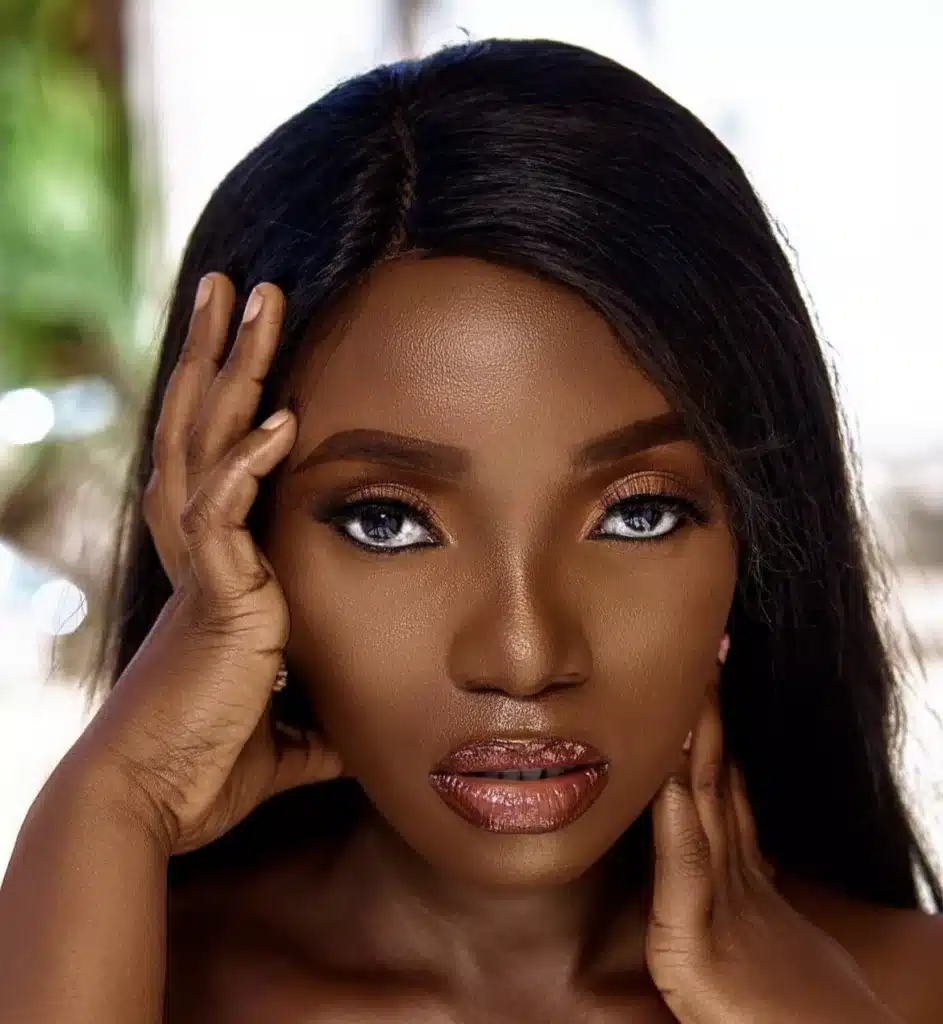
- Versatility: Commercial models should be capable of conveying a range of emotions and expressions. The ability to showcase different moods and styles is essential for promoting a variety of products and services.
- Age Range: Commercial modeling often spans a wide age range. While there’s no strict age limit, models may find opportunities throughout their careers, from children to seniors.
- Diversity: The industry values diversity in terms of looks, body types, and ethnic backgrounds. Advertisers seek models who can connect with a broad audience.
- Clear Skin and Well-Groomed Appearance: Models are generally expected to have clear skin and maintain a well-groomed appearance. This includes good personal hygiene and neat grooming habits.
- Natural Look: Commercial models are often chosen for their natural, approachable appearance. Excessive makeup or overly-styled looks may not align with the industry’s preference for authenticity.
- Height and Size: Unlike the strict height requirements in high-fashion modeling, commercial models can come in various sizes and heights. There is no standardized height, and the emphasis is more on relatability.
- Photogenic Quality: Being photogenic is a key asset. Models should be comfortable in front of the camera and able to convey emotions convincingly.
- Acting Skills: Some commercial modeling requires models to act in a sense, especially in television commercials. Developing basic acting skills can be advantageous.
- Professionalism: As in any modeling field, professionalism is crucial. Models should be punctual, easy to work with, and able to take direction from photographers and directors.
- Audition and Casting Skills: Commercial models often attend auditions and castings. Developing the ability to present oneself well during these processes is important.
It’s important to note that specific requirements can vary based on the nature of the commercial project, the client’s needs, and the preferences of casting directors and agencies. Aspiring commercial models are encouraged to research and understand the specific requirements of the clients they wish to work with and consider seeking representation from a reputable modeling agency.
Commercial modeling examples
Commercial Modeling Examples: Commercial modeling encompasses a wide array of examples, showcasing models in various settings and scenarios. These may include advertisements for skincare products featuring models with radiant and healthy-looking skin, lifestyle campaigns depicting models enjoying everyday activities, or fashion ads promoting accessible and wearable clothing for diverse body types. Additionally, commercial models may be seen in commercials for household products, food and beverage brands, and technology gadgets, embodying relatable characters and situations to connect with a broad audience. Examples of commercial modeling are prevalent in catalogs, billboards, online advertisements, and television commercials, where the emphasis is on promoting products and services in a way that resonates with consumers from all walks of life.
Commercial Modeling Meaning: Commercial modeling refers to the branch of the modeling industry focused on promoting products, services, or brands through various forms of advertising and marketing. Unlike high-fashion modeling, which often caters to a niche audience, commercial models have a broader appeal and represent a diverse range of ages, sizes, and looks. The meaning of commercial modeling lies in creating relatable and approachable images that connect with a wide consumer base. Commercial models often find themselves involved in a range of projects, from print and online campaigns to television commercials, embodying characters that consumers can identify with. The goal is to present products and services in a way that feels authentic and resonates with the target demographic, contributing to the success of advertising and promotional campaigns across different industries.
How to start commercial modeling
Embarking on a career in commercial modeling requires a strategic approach and a combination of preparation and proactive efforts. Here’s a guide on how to get started in commercial modeling:
- Self-Assessment: Begin by honestly evaluating your look and determining if it aligns with the diverse and relatable qualities sought in commercial models. Embrace your uniqueness and consider how your appearance can appeal to a broad audience.
- Professional Portfolio: Build a strong modeling portfolio with high-quality photographs that showcase your versatility and range. Include a variety of images that highlight different expressions, styles, and settings. Ensure that your portfolio reflects your natural and approachable appearance.
- Research the Industry: Familiarize yourself with the commercial modeling industry. Understand the types of products and services typically promoted, the expectations of clients, and the general aesthetic favored in commercial modeling.
- Consider Professional Training: While not always necessary, taking modeling classes or workshops can help polish your skills and build confidence in front of the camera. Some classes may also cover acting techniques, which can be beneficial for commercial modeling.
- Create an Online Presence: Establish a strong online presence through social media platforms and a personal website. Showcase your portfolio, share behind-the-scenes glimpses, and engage with the modeling community. This can serve as a digital resume for potential clients.
- Attend Open Calls and Castings: Keep an eye out for open calls and castings held by modeling agencies or clients. Attend these events to introduce yourself, present your portfolio, and potentially get noticed by talent scouts or casting directors.
- Submit to Modeling Agencies: Research and submit your portfolio to reputable modeling agencies that specialize in commercial work. Agencies can provide valuable connections, guidance, and opportunities within the industry.
- Networking: Build relationships with industry professionals, including photographers, stylists, and casting directors. Attend industry events, fashion shows, and networking gatherings to expand your connections.
- Stay Persistent: Building a successful career in commercial modeling may take time and persistence. Be prepared for rejections, learn from each experience, and continually refine your skills and portfolio.
By following these steps and staying dedicated to your goals, you can increase your chances of breaking into the field of commercial modeling and positioning yourself for exciting opportunities in the dynamic world of advertising and marketing.
How much do models make for a commercial?
he income that models earn for a commercial can vary significantly based on various factors, including the model’s level of experience, the type of commercial, the brand or client involved, the usage of the images or footage, and the overall budget for the campaign. Commercial modeling rates are typically negotiated between the model or their agency and the client, and they can be influenced by industry standards and market demand.
For established or high-profile models, rates can be substantial, ranging from thousands to tens of thousands of dollars for a single commercial shoot. However, newer or less experienced models may earn less, especially if they are just starting their careers.
Additionally, models may receive additional compensation for usage fees if the commercial is widely distributed or used in various media channels (such as television, print, online, etc.). Usage fees account for the extent to which the commercial is utilized and can significantly impact the overall compensation.
It’s important for models to negotiate their fees and contract terms thoughtfully, and many models work with professional modeling agencies that assist in securing fair compensation for their talent. Rates can vary across regions and markets, so there is no fixed amount, and it’s essential for models to consider the specific circumstances of each commercial opportunity.
How to become a commercial model
Becoming a commercial model involves a combination of preparation, building a portfolio, networking, and approaching modeling agencies. Here are the key steps to help you become a commercial model:
- Evaluate Your Look: Assess your physical attributes and consider whether your appearance aligns with the diverse and relatable qualities sought in commercial models. Commercial modeling often values a broad range of looks and ages.
- Build a Professional Portfolio: Create a professional modeling portfolio with high-quality photographs showcasing your versatility. Include images that highlight different expressions, styles, and settings. Ensure your portfolio reflects a natural and approachable appearance.
- Research the Industry: Familiarize yourself with the commercial modeling industry. Understand the types of products and services typically promoted, and learn about the expectations of clients and the general aesthetic favored in commercial modeling.
- Consider Professional Training: While not mandatory, taking modeling classes or workshops can help improve your skills and confidence in front of the camera. Some classes may cover acting techniques, which can be beneficial for commercial modeling.
- Create an Online Presence: Establish a strong online presence through social media platforms and a personal website. Showcase your portfolio, share behind-the-scenes content, and engage with the modeling community. This can serve as a digital resume for potential clients.
- Attend Open Calls and Castings: Keep an eye out for open calls and castings held by modeling agencies or clients. Attend these events to introduce yourself, present your portfolio, and potentially get noticed by talent scouts or casting directors.
- Submit to Modeling Agencies: Research and submit your portfolio to reputable modeling agencies that specialize in commercial work. Agencies can provide valuable connections, guidance, and opportunities within the industry.
- Network with Industry Professionals: Build relationships with photographers, stylists, casting directors, and other industry professionals. Attend industry events, fashion shows, and networking gatherings to expand your connections.
- Be Professional and Reliable: Demonstrate professionalism and reliability. Respond promptly to communication, be punctual for auditions and bookings, and approach opportunities with a positive and proactive attitude.
- Stay Persistent: Building a career in commercial modeling may take time and persistence. Be prepared for rejections, learn from each experience, and continually refine your skills and portfolio.
Remember that the commercial modeling industry values authenticity and relatability. Embrace your unique qualities, stay dedicated to your goals, and be proactive in pursuing opportunities. Working with a reputable modeling agency can also provide valuable support and guidance as you navigate your modeling career.
What is a commercial model
A commercial model is a professional who specializes in promoting products, services, or brands through various forms of advertising and marketing. Unlike high-fashion models who often work with couture designers and runway shows, commercial models have a broader appeal and represent a diverse range of ages, sizes, and looks. They are featured in advertisements, catalogs, commercials, billboards, and other promotional materials with the goal of connecting with a wide audience.

Commercial models are chosen for their relatability and the ability to resonate with the target demographic of a specific campaign. They may showcase everyday products, lifestyle services, or represent a specific brand image. Commercial modeling often requires a friendly and approachable look, as the aim is to appeal to a broad consumer base. The versatility of commercial models makes them valuable assets in the advertising industry, contributing to the success of various brands across different market sectors.
What is fashion modeling
Fashion modeling is a specialized branch of the modeling industry focused on showcasing clothing, accessories, and beauty products to promote fashion brands and designers. Fashion models work primarily in high-profile settings such as runway shows, fashion weeks, and editorial shoots. Here are key aspects of fashion modeling:

- Runway Modeling: Fashion models walk the runway or catwalk to present the latest collections from designers during fashion shows. They showcase the garments, emphasizing their fit, style, and overall aesthetic.
- Editorial Modeling: Fashion models appear in editorial spreads for magazines, catalog shoots, and other print media. These images tell a visual story and highlight the artistic and creative aspects of fashion.
- Photographic Modeling: Fashion models participate in various photoshoots for advertising campaigns, fashion magazines, and online promotions. These photos showcase the latest trends and styles in the fashion industry.
- Fit Modeling: Fit models work closely with designers and clothing manufacturers to ensure that garments fit well and are comfortable. They provide feedback on the fit, drape, and overall feel of the clothing during the design and production process.
- High Fashion vs. Commercial Fashion: High fashion models often work with couture designers and represent avant-garde or cutting-edge styles. Commercial fashion models, on the other hand, promote more accessible and everyday clothing for a broader consumer market.
- Promotional Events: Fashion models may participate in promotional events, store openings, and brand activations to engage with the public and create awareness for fashion brands.
- Physical Requirements: Fashion models typically adhere to specific physical standards, including height, body measurements, and facial features. High fashion models are often tall, slender, and have distinctive looks.
- Agency Representation: Many fashion models are signed with modeling agencies that help them secure opportunities, negotiate contracts, and manage their careers.
Fashion modeling is highly competitive, and success often depends on a combination of talent, physical attributes, professionalism, and the ability to adapt to the ever-evolving trends in the fashion industry.
Can commercial models be short?
Yes, commercial models can be shorter than the traditional height requirements associated with high-fashion modeling. Commercial modeling is known for its inclusivity, and agencies and clients often seek models who represent a diverse range of sizes, shapes, and heights. This inclusivity allows for a broader representation of the general population in advertising and marketing campaigns.
While high-fashion models are often required to meet specific height standards (typically around 5’9 to 6’0 for women), commercial models can be of various heights. This is because commercial modeling is focused on promoting products and services to a wide and diverse audience. Shorter models, as well as those with unique looks and personalities, are frequently sought after for commercial work.
The emphasis in commercial modeling is on relatability and the ability to connect with consumers, so models who exude authenticity and approachability are valued. Whether tall or short, the key is for the model to have a versatile and marketable appearance that aligns with the campaign’s goals and resonates with the target audience.
Fashion modeling meaning
Fashion modeling refers to the profession of individuals who showcase clothing, accessories, and beauty products in various settings to promote fashion brands, designers, and trends. This dynamic and visually-driven field plays a pivotal role in the fashion industry, encompassing runway shows, editorial spreads in magazines, advertising campaigns, and online promotions. Fashion models are chosen for their ability to embody the aesthetic vision of designers and brands, showcasing garments with poise, confidence, and a distinctive personal style.
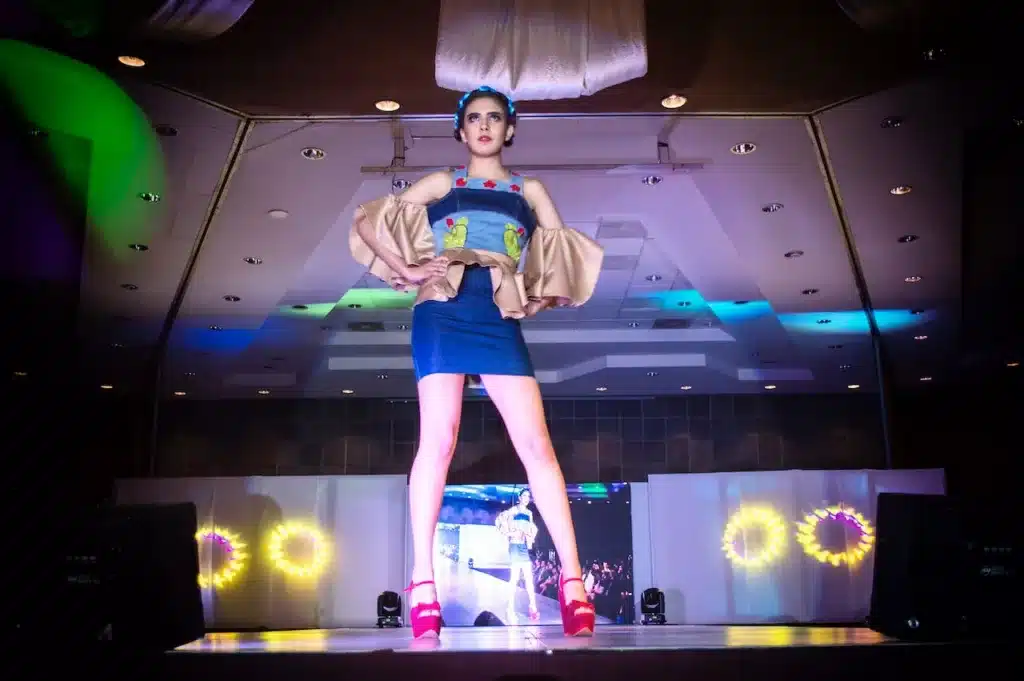
The meaning of fashion modeling extends beyond just displaying clothing; it involves embodying the essence of a brand, contributing to the storytelling aspect of fashion, and setting trends that influence the ever-evolving landscape of style and aesthetics. The industry values diversity and creativity, creating a space where models with unique looks and perspectives contribute to the rich tapestry of fashion representation.
Commercial model requirements
Commercial modeling has more flexibility in terms of requirements compared to high-fashion modeling, which often has specific standards for height, size, and appearance. Commercial models are selected based on their relatability, versatility, and ability to connect with a broad audience. While specific requirements may vary between clients and projects, here are some general characteristics and requirements often sought in commercial models:
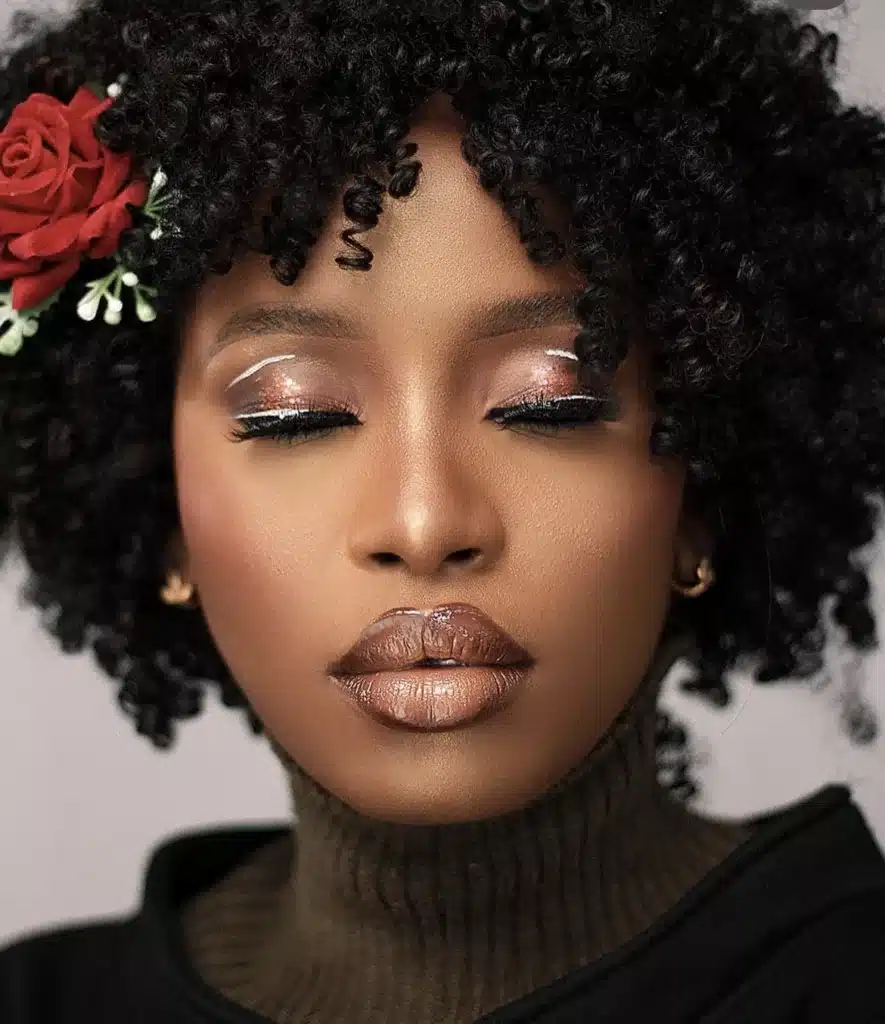
- Versatility: Commercial models should be able to portray a range of looks, moods, and characters. The ability to convey relatable and approachable qualities is essential.
- Diversity: The industry values diversity in terms of age, size, ethnicity, and overall appearance. Clients often seek models who represent a broad cross-section of the population.
- Natural Look: Commercial models are typically chosen for their natural and authentic appearance. Excessive makeup or overly stylized looks may not align with the industry’s preference for relatability.
- Clear Skin and Well-Groomed Appearance: Models are generally expected to have clear skin and maintain a well-groomed appearance. Good personal hygiene and neat grooming habits are important.
- Photogenic Quality: Being photogenic is a key asset. Models should be comfortable in front of the camera and able to convey emotions convincingly.
- Age Range: Commercial modeling spans various age groups, from children to seniors. Different campaigns may target specific age demographics, so there are opportunities for models of all ages.
- Acting Skills: Some commercial modeling involves conveying emotions or scenarios, so basic acting skills can be advantageous.
- Professionalism: Demonstrating professionalism, punctuality, and reliability is crucial. Models should be easy to work with and able to take direction from photographers and directors.
- Audition and Casting Skills: Commercial models often attend auditions and castings. Developing the ability to present oneself well during these processes is important.
It’s important to note that specific requirements can vary based on the nature of the commercial project, the client’s needs, and the preferences of casting directors and agencies. Aspiring commercial models are encouraged to research and understand the specific requirements of the clients they wish to work with and consider seeking representation from a reputable modeling agency.
Commerical modeling
Commercial modeling is a vibrant and inclusive sector of the modeling industry that focuses on promoting products, services, and brands through various advertising channels. Unlike the more exclusive standards of high fashion, commercial models appeal to a diverse range of ages, sizes, and looks. They are featured in a wide array of media, including television commercials, print advertisements, online promotions, billboards, and catalogs.
The essence of commercial modeling lies in creating relatable and approachable images that resonate with a broad audience. Whether showcasing everyday products, lifestyle services, or embodying a specific brand identity, commercial models play a crucial role in connecting consumers with the offerings of various industries. With an emphasis on authenticity and relatability, commercial modeling celebrates the diversity of individuals and aims to capture the essence of everyday life in a way that captivates and engages audiences.
What is the difference between editorial and commercial modeling?
Editorial and commercial modeling are two distinct branches of the modeling industry, each with its own focus, purpose, and style. Here are the key differences between editorial and commercial modeling:
- Purpose and Context:
- Editorial Modeling: Editorial modeling is primarily focused on creating visual narratives for fashion magazines, editorials, and high-end publications. The goal is to convey a specific story, theme, or artistic concept. Editorial models often work with renowned photographers, stylists, and creative teams to produce visually striking and avant-garde images.
- Commercial Modeling: Commercial modeling, on the other hand, is geared towards promoting products, services, or brands in various forms of advertising and marketing. The emphasis is on relatability and connecting with a broad audience. Commercial models are featured in advertisements, catalogs, television commercials, and online campaigns.
- Look and Style:
- Editorial Modeling: Editorial models often have a distinctive and unconventional look. They may embody high fashion trends and frequently experiment with avant-garde styles. Creativity and artistic expression are key elements in editorial modeling.
- Commercial Modeling: Commercial models typically have a more mainstream and relatable appearance. They represent a diverse range of ages, sizes, and looks, focusing on being approachable and relatable to a wide audience.
- Setting and Presentation:
- Editorial Modeling: Editorial models are often photographed in unique and editorial settings such as exotic locations, studios, or themed environments. The images tell a visual story and are meant to evoke emotions or provoke thought.
- Commercial Modeling: Commercial models can be photographed in various settings, including everyday scenarios, to showcase products or services in a relatable context. The emphasis is on presenting the product or brand in a way that appeals to consumers.
- Use of Images:
- Editorial Modeling: Editorial images are typically used in fashion magazines, high-end publications, and artistic projects. They may not always be directly linked to a commercial product or service.
- Commercial Modeling: Commercial images are used for promoting specific products or brands in advertising campaigns across a variety of media channels, such as television, print, online, and billboards.
While both editorial and commercial modeling contribute to the fashion and advertising industries, they serve different purposes and cater to distinct audiences. Many models often engage in both types of modeling, showcasing their versatility and ability to adapt to diverse roles within the industry.
How to be a commercial model
Becoming a successful commercial model involves a combination of qualities and strategic steps. First and foremost, embrace your natural, relatable look as commercial modeling celebrates diversity. Build a professional portfolio that showcases your versatility, featuring a range of expressions, styles, and settings. Develop your networking skills by attending open calls, castings, and industry events. Research reputable modeling agencies that specialize in commercial work and submit your portfolio for consideration. Establish a strong online presence through social media platforms, creating a digital resume for potential clients.
Develop basic acting skills, as some commercial modeling may require conveying emotions or scenarios convincingly. Maintain professionalism by being punctual, reliable, and responsive in your communications. Lastly, stay persistent in pursuing opportunities, be open to learning from experiences, and continuously refine your skills to thrive in the dynamic world of commercial modeling.
How to be commercial model
Becoming a successful commercial model involves a combination of qualities, preparation, and strategic steps. Here’s a guide on how to become a commercial model:
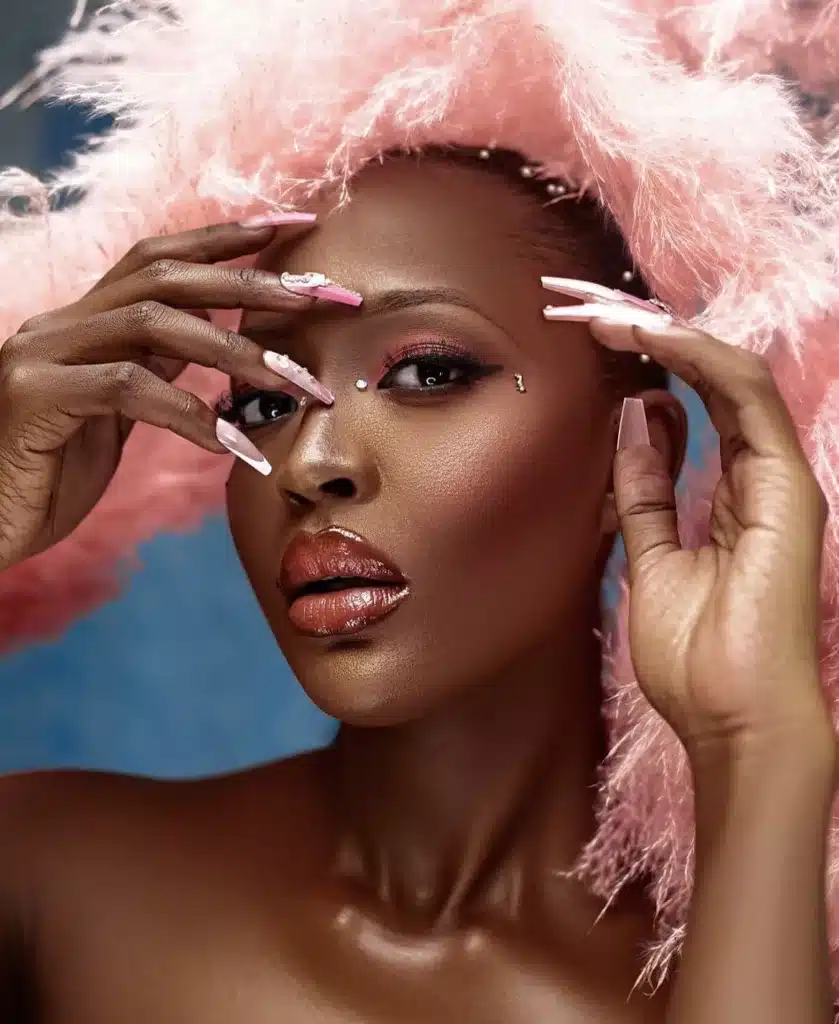
- Understand the Industry: Familiarize yourself with the commercial modeling industry. Learn about the types of products and services commonly promoted and the diverse looks that are valued in commercial modeling.
- Embrace Your Natural Look: Commercial modeling celebrates authenticity and relatability. Embrace your natural look, as commercial models represent a wide range of ages, sizes, and appearances.
- Build a Versatile Portfolio: Create a professional portfolio that showcases your versatility. Include high-quality photos displaying different expressions, styles, and settings. Your portfolio is your visual resume, so make it impactful.
- Networking and Attend Open Calls: Attend open calls, castings, and industry events to connect with modeling agencies and casting directors. Networking is essential in the modeling industry, and attending events provides opportunities to showcase your potential.
- Submit to Modeling Agencies: Research and submit your portfolio to reputable modeling agencies specializing in commercial work. Agencies can offer guidance, secure opportunities, and provide valuable industry connections.
- Develop Online Presence: Establish a strong online presence through social media platforms. Showcase your portfolio, engage with the modeling community, and present yourself professionally. Social media serves as a powerful tool for self-promotion.
- Basic Acting Skills: Develop basic acting skills, as some commercial modeling may involve conveying emotions or scenarios. Taking acting classes or workshops can enhance your ability to express different moods convincingly.
- Professionalism and Reliability: Demonstrate professionalism by being punctual, reliable, and easy to work with. Respond promptly to communication and approach opportunities with a positive and proactive attitude.
- Persistence and Continuous Improvement: The modeling industry can be competitive, so stay persistent in pursuing opportunities. Learn from each experience, seek feedback, and continuously work on refining your skills and expanding your portfolio.
- Consider Specialized Training: Depending on the type of commercial modeling you’re interested in, consider specialized training. For example, fitness or lifestyle modeling may benefit from specific fitness training or lifestyle knowledge.
By following these steps and staying committed to your goals, you can increase your chances of becoming a successful commercial model. Remember that the key is to embrace your uniqueness, stay adaptable, and showcase your ability to connect with a diverse audience.
Commercial modelling
Commercial modeling is a dynamic and inclusive segment of the modeling industry that focuses on promoting products, services, and brands through various forms of advertising and marketing. Unlike high-fashion modeling, which often adheres to specific standards, commercial models showcase a diverse range of looks, ages, and sizes to connect with a broad audience. This branch of modeling encompasses a wide array of opportunities, including television commercials, print advertisements, online campaigns, catalog shoots, and promotional events.
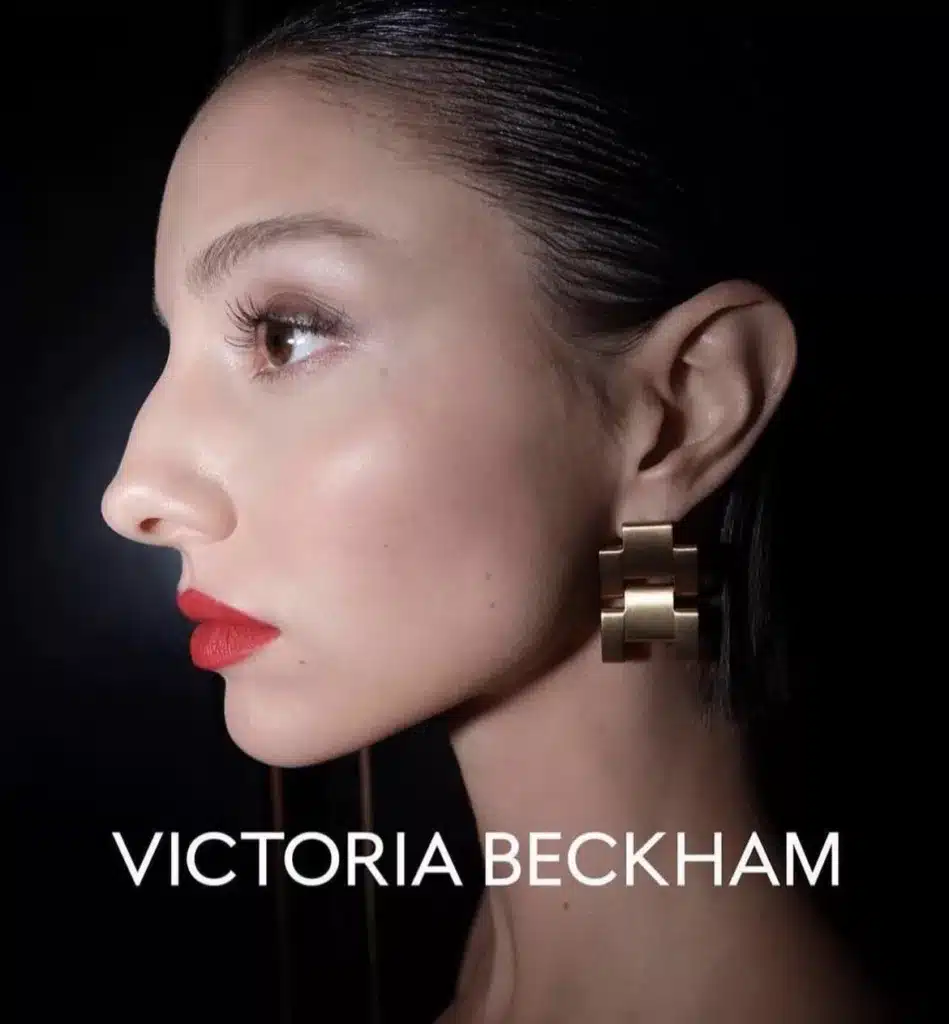
The essence of commercial modeling lies in relatability, as models are chosen for their ability to resonate with consumers and convey authenticity. From portraying everyday scenarios to endorsing a range of products, commercial models play a crucial role in bringing relatable and approachable representations to advertising, contributing to the success of diverse brands across different industries.
What is modeling in fashion
Modeling in fashion refers to the profession of individuals who showcase clothing, accessories, and beauty products to promote fashion brands, designers, and trends. Fashion models play a pivotal role in presenting the latest styles and designs to the public through various mediums. Key aspects of modeling in fashion include:
- Runway Modeling: Fashion models walk the runway during fashion shows, presenting designer collections to an audience of industry professionals, media, and the public. Their runway walk is a crucial aspect of showcasing the garments.
- Editorial Modeling: Fashion models appear in editorial spreads for fashion magazines, featuring high-end clothing and accessories. These images often tell a visual story and highlight the artistic and creative aspects of fashion.
- Photographic Modeling: Fashion models participate in photoshoots for advertising campaigns, fashion magazines, and online promotions. These images are used to market and showcase the latest trends and styles.
- Commercial Modeling: While separate from high fashion, commercial modeling within the fashion industry involves promoting everyday products, lifestyle services, and more accessible clothing for a broad consumer market.
- Fit Modeling: Models work with designers and manufacturers to ensure that garments fit well and are comfortable. Fit models provide feedback on the fit, drape, and overall feel of the clothing during the design and production process.
- Promotional Events: Fashion models may be involved in promotional events, store openings, and brand activations to engage with the public and create awareness for fashion brands.
- Agency Representation: Many fashion models are signed with modeling agencies that help them secure opportunities, negotiate contracts, and manage their careers.
- Fashion Weeks: Models participate in fashion weeks held in major cities, where designers present their seasonal collections. Fashion weeks are significant events in the industry and attract global attention.
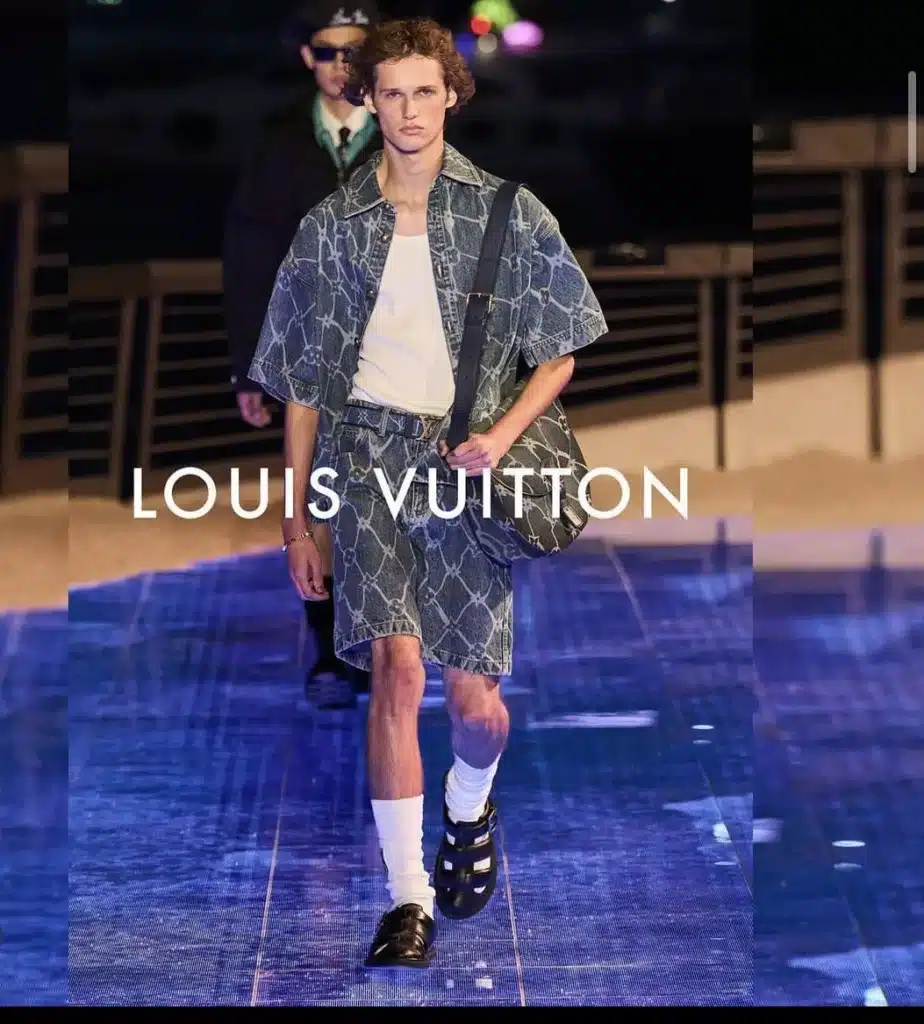
Fashion modeling often requires models to adhere to specific physical standards, including height, measurements, and overall appearance. However, the industry has been evolving to embrace diversity and inclusivity, encouraging a broader representation of body types, ethnicities, and backgrounds. Models play a crucial role in shaping and reflecting the ever-changing landscape of style, contributing to the artistic expression and commercial success of the fashion world
what is high fashion modeling
High fashion modeling, also known as haute couture modeling, refers to the representation of clothing and accessories created by renowned designers and fashion houses. It is an elite and exclusive segment of the modeling industry that focuses on presenting cutting-edge, avant-garde, and often experimental designs. High fashion models are individuals who showcase these exceptional and often artistic creations on the runway, in editorial spreads, and in various fashion campaigns.
Key features of high fashion modeling include:
- Runway Presence: High fashion models are prominently featured on fashion runways during events like Fashion Weeks. Their runway walks are characterized by a distinct and often dramatic style that complements the designer’s vision.
- Editorial Work: High fashion models frequently appear in editorial spreads for prestigious fashion magazines. These images aim to convey a strong artistic narrative and showcase the creative aspects of fashion.
- Designer Collaborations: High fashion models are often selected to represent specific designers or fashion houses. They may become the face of a brand or collaborate closely with designers to showcase their collections.
- Height and Measurements: High fashion models traditionally adhere to specific height and body measurement standards. The industry has historically favored taller models with slender, elongated proportions.
- Artistic Expressiveness: High fashion models are expected to convey a range of emotions and expressions, bringing a unique artistic flair to their work. They often collaborate with renowned photographers, stylists, and creative teams.
- Exclusive Contracts: Some high fashion models sign exclusive contracts with top modeling agencies or specific designers, limiting their representation to maintain an air of exclusivity.
- Global Recognition: Successful high fashion models often achieve international recognition and become influential figures in the fashion world. They may transition into other aspects of the industry, such as acting or entrepreneurship.
Notable high fashion models often become iconic figures within the industry, representing the epitome of style, sophistication, and artistic expression. While high fashion modeling sets specific standards, the industry has been gradually evolving to embrace greater diversity and inclusivity in recent years, acknowledging the beauty and value of models with varied looks and backgrounds.
What is a high fashion model
A high fashion model is an individual who specializes in presenting and showcasing haute couture and avant-garde designs created by renowned fashion designers and luxury brands. These models are often associated with the elite and exclusive world of high fashion, and they play a crucial role in presenting cutting-edge styles on the runway, in editorial spreads, and in various fashion campaigns. High fashion models are known for their distinctive and often unconventional looks, as well as their ability to convey the artistic and creative vision of designers.
Key characteristics of high fashion models include:
- Runway Presence: High fashion models are prominently featured in fashion runway shows, particularly during prestigious events like Fashion Weeks. Their runway walks are characterized by a unique style that complements the designer’s aesthetic.
- Editorial Work: High fashion models frequently appear in editorial spreads for top-tier fashion magazines. These images are designed to convey a strong artistic narrative and showcase the creativity inherent in high fashion.
- Designer Collaborations: High fashion models often work closely with renowned designers and fashion houses. They may be chosen to represent a specific brand or collaborate on the presentation of a designer’s collection.
- Height and Measurements: Traditionally, high fashion models adhere to specific height and body measurement standards. Taller models with slender, elongated proportions have been favored in this segment of the industry.
- Artistic Expressiveness: High fashion models are expected to bring a unique artistic flair to their work. They convey a range of emotions and expressions, contributing to the overall storytelling aspect of fashion photography.
- Global Recognition: Successful high fashion models often achieve international recognition and become influential figures in the fashion world. They may be featured on the covers of major fashion magazines and may transition into other areas of the industry or entertainment.
While high fashion modeling has historically been associated with a certain aesthetic, the industry has been evolving to embrace greater diversity and inclusivity in recent years. There is a growing recognition of the beauty and value of models with varied looks, backgrounds, and body types.
Model commercial
It appears that there might be a slight confusion in your question. The term model commercial could be interpreted in a couple of ways:
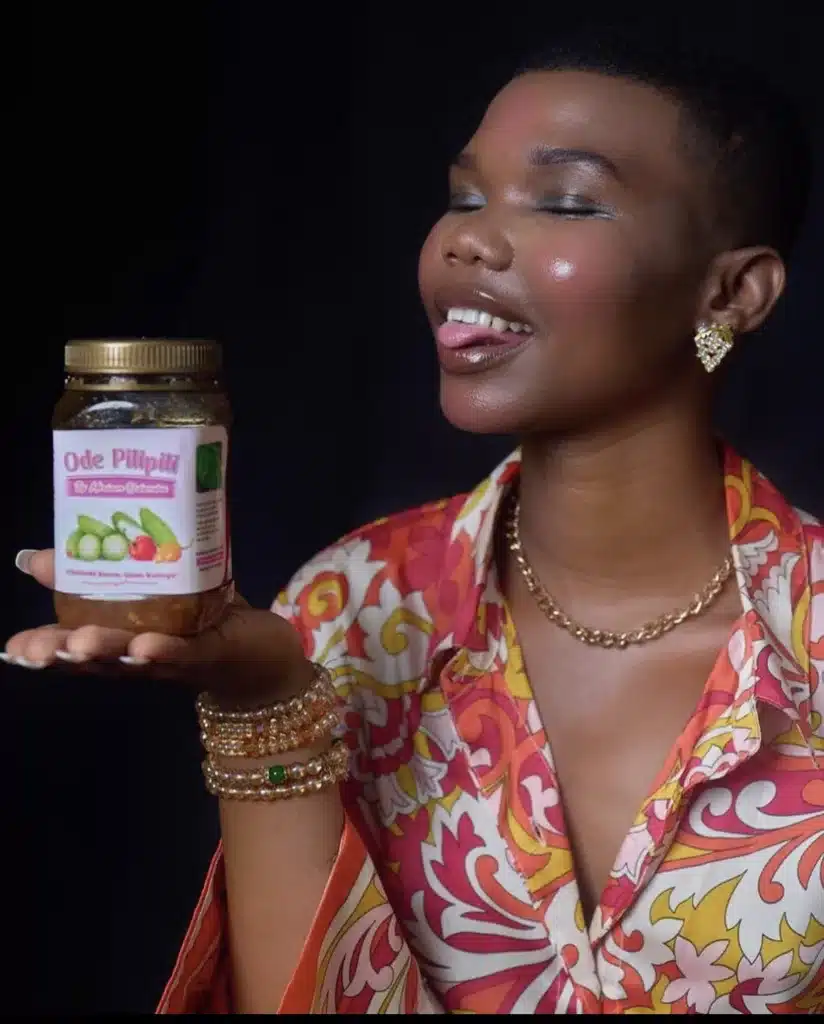
- Commercial Model: This typically refers to a model who specializes in promoting products, services, or brands through various forms of advertising and marketing. Commercial models are featured in advertisements, television commercials, print campaigns, online promotions, and other marketing materials.
- Commercial Advertising: Alternatively, model commercial might refer to the commercial aspect of the modeling industry, such as the business side involving contracts, negotiations, and representation by modeling agencies.
If you have a specific context or clarification in mind, please provide more details so I can offer a more precise and helpful response.
Commercial model meaning
A commercial model is a professional who specializes in promoting products, services, or brands through various forms of advertising and marketing. Commercial models are featured in a wide range of media, including television commercials, print advertisements, online campaigns, billboards, and promotional materials. Unlike high-fashion models who may adhere to specific aesthetic standards, commercial models are chosen for their relatability and ability to connect with a diverse audience.
Key aspects of a commercial model and the meaning of commercial modeling include:
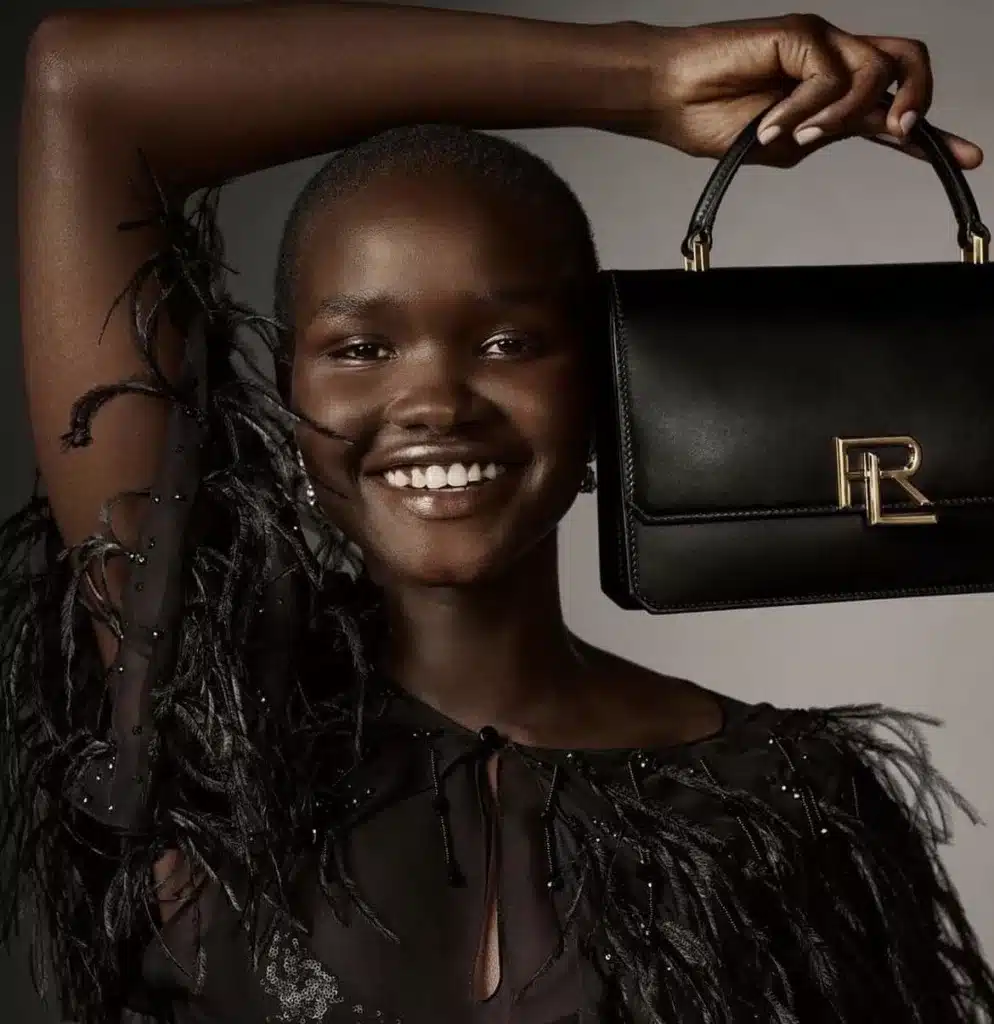
- Versatility: Commercial models often represent a diverse range of ages, sizes, and looks, making them relatable to a broad demographic. This allows brands to appeal to a wide audience.
- Authenticity: The emphasis in commercial modeling is on authenticity and natural beauty. Commercial models are selected for their approachable appearance, reflecting the everyday consumer.
- Product Representation: Commercial models play a crucial role in presenting and endorsing products, services, or brands. They may showcase anything from clothing and beauty products to household items, technology, and more.
- Diverse Settings: Commercial models can be photographed or filmed in various settings, including everyday scenarios, homes, workplaces, and public spaces. This helps create a connection with consumers by portraying relatable situations.
- Print and Digital Media: Commercial models can be featured in various advertising mediums, including print advertisements, online promotions, and social media campaigns. They contribute to the visual representation of products and services.
- Commercial Agencies: Many commercial models are represented by modeling agencies that specialize in commercial work. These agencies connect models with clients seeking individuals to promote their products or services.
Overall, the role of a commercial model is to serve as a relatable and authentic face for a brand, contributing to the success of advertising campaigns by creating a positive and approachable image that resonates with consumers.
Average age of models
The average age of models can vary depending on the specific segment of the modeling industry. Different types of modeling, such as fashion, commercial, and mature modeling, have varying age demographics. Here are some general observations:
- Fashion Modeling:
- For runway and high-fashion modeling, models are typically in their late teens to early twenties. Fashion weeks and designer runway shows often feature younger models to showcase the latest trends and styles.
- Commercial Modeling:
- Commercial modeling has a broader age range. Models in commercial work can be of various ages, including children, teenagers, adults, and seniors. The goal is to represent a diverse audience to promote products and services.
- Mature Modeling:
- Mature or senior models cater to the demographic of individuals aged 50 and above. There has been a growing demand for mature models in the fashion and advertising industries to reflect a more realistic and diverse representation of the population.
- Fitness and Sports Modeling:
- In fitness and sports modeling, the age range can vary widely. While many fitness models are in their twenties and thirties, there is an increasing recognition of models of all ages who promote a healthy and active lifestyle.
It’s important to note that the modeling industry has been evolving to become more inclusive, embracing models of different ages, body types, and backgrounds. The demand for diversity and representation of all age groups has increased, challenging traditional standards. Consequently, models of various ages can find opportunities in different sectors of the industry.
As the industry continues to diversify, models of all ages are contributing to the richness and authenticity of advertising and fashion campaigns. Agencies and brands are recognizing the value of representing a wide range of ages to better connect with consumers across different demographics.
Commercial model business
The commercial model business involves individuals who specialize in promoting products, services, or brands through various forms of advertising and marketing. Commercial models play a crucial role in creating relatable and approachable images that resonate with a broad audience. Here are key aspects of the commercial model business:
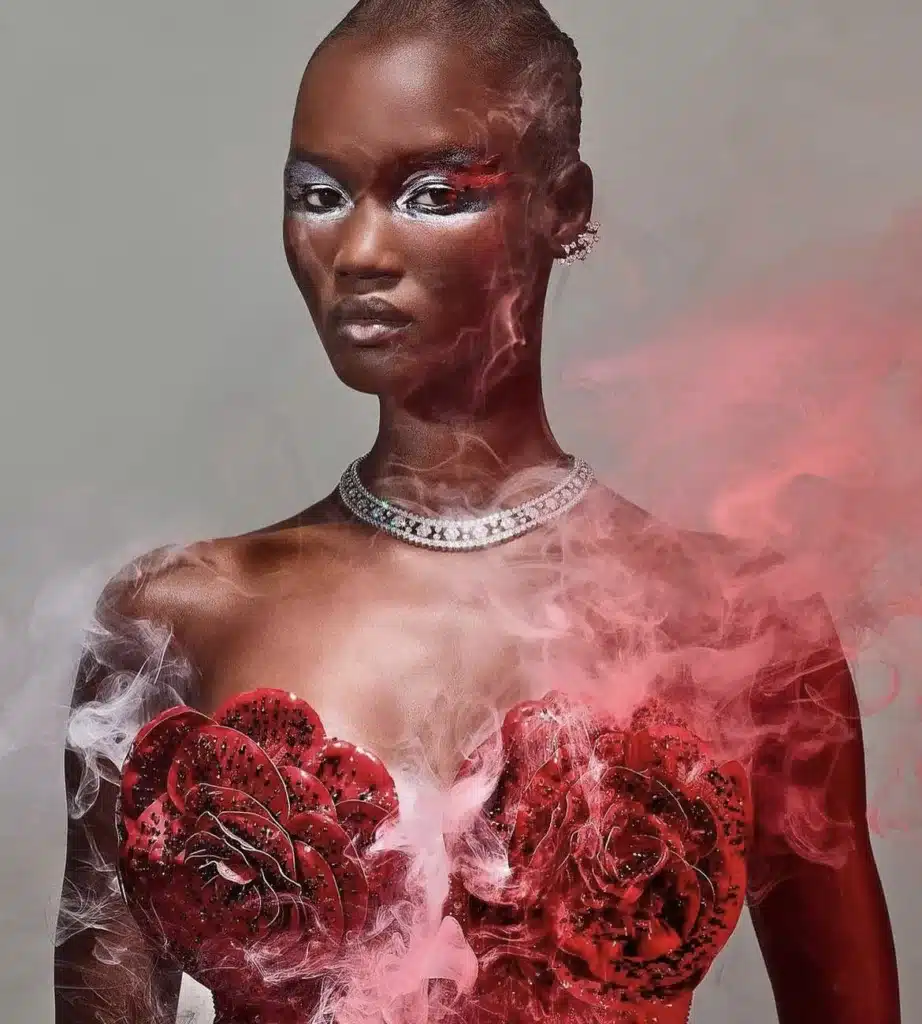
- Versatility: Commercial models represent a diverse range of ages, sizes, and looks, allowing them to appeal to a wide demographic. This versatility enables brands to connect with a broad audience and promote products in relatable contexts.
- Representation: Many commercial models are represented by modeling agencies that specialize in commercial work. These agencies facilitate connections between models and clients seeking individuals to promote their products or services.
- Advertising Mediums: Commercial models can be featured in various advertising mediums, including television commercials, print advertisements, online campaigns, billboards, catalogs, and social media. Their role is to visually represent products in a way that engages and resonates with consumers.
- Auditions and Castings: Commercial models often attend auditions and castings to secure opportunities. This involves presenting themselves to clients, photographers, and casting directors, showcasing their suitability for specific campaigns.
- Professionalism: Successful commercial models exhibit professionalism by being punctual, reliable, and easy to work with. They take direction well and contribute to the overall success of advertising campaigns.
- Diversity and Inclusivity: The commercial model business increasingly emphasizes diversity and inclusivity. Brands and agencies recognize the value of representing individuals of various backgrounds, ethnicities, body types, and ages to connect with a broader audience.
- Digital Presence: Many commercial models maintain a strong online presence through social media platforms. Social media serves as a tool for self-promotion, allowing models to showcase their portfolios, engage with followers, and potentially attract the attention of clients.
- Brand Representation: Commercial models often become the face of specific brands or products. They contribute to creating a positive and authentic image for the brand, fostering a connection with consumers.
- Negotiations and Contracts: In the commercial model business, negotiations and contracts play a significant role. Models, agencies, and clients establish agreements regarding compensation, usage rights, and other terms before engaging in a project.
Overall, the commercial model business is a dynamic and evolving sector of the modeling industry. As advertising continues to embrace diversity and authenticity, commercial models play a vital role in shaping the visual representation of brands and connecting with consumers.
Commercial ad models
Commercial ad models play a pivotal role in the dynamic world of commercial modeling, where the emphasis is on relatability, diversity, and broad audience appeal. These models specialize in promoting a wide array of products, services, or brands through various advertising mediums, such as television commercials, print advertisements, online campaigns, and billboards. Unlike the exclusive standards of high-fashion modeling, commercial ad models represent a diverse range of ages, sizes, and looks. They are chosen for their authenticity, approachable demeanor, and ability to connect with consumers.
Commercial modeling, as a business, involves models collaborating with advertising agencies, brands, and photographers to visually represent products in relatable contexts. The industry has evolved to embrace inclusivity, recognizing the value of diverse representations that reflect the real-world demographic. Commercial ad models contribute significantly to the success of advertising campaigns by creating positive and relatable images that resonate with a broad audience.
Comercial modeling
Commercial modeling is a branch of the modeling industry that focuses on promoting products, services, or brands through various forms of advertising and marketing. Unlike high-fashion modeling, which often adheres to specific aesthetic standards, commercial models are chosen for their relatability and ability to connect with a diverse audience. Commercial models can be featured in a wide range of advertising mediums, including television commercials, print advertisements, online campaigns, billboards, catalogs, and promotional materials.
The emphasis in commercial modeling is on authenticity, versatility, and representing a cross-section of the population in terms of age, size, and appearance. The goal is to create images and messages that resonate with consumers, making the products or services being promoted more relatable and appealing. Commercial modeling is a dynamic and inclusive sector of the industry, embracing diversity and recognizing the value of models who can authentically connect with consumers from various backgrounds.
Commerical models
Commercial models are professionals who specialize in promoting products, services, or brands through various advertising and marketing channels. Unlike high-fashion models, commercial models are chosen for their relatability and ability to connect with a broad audience. Commercial modeling encompasses a diverse range of individuals, representing various ages, sizes, and looks.
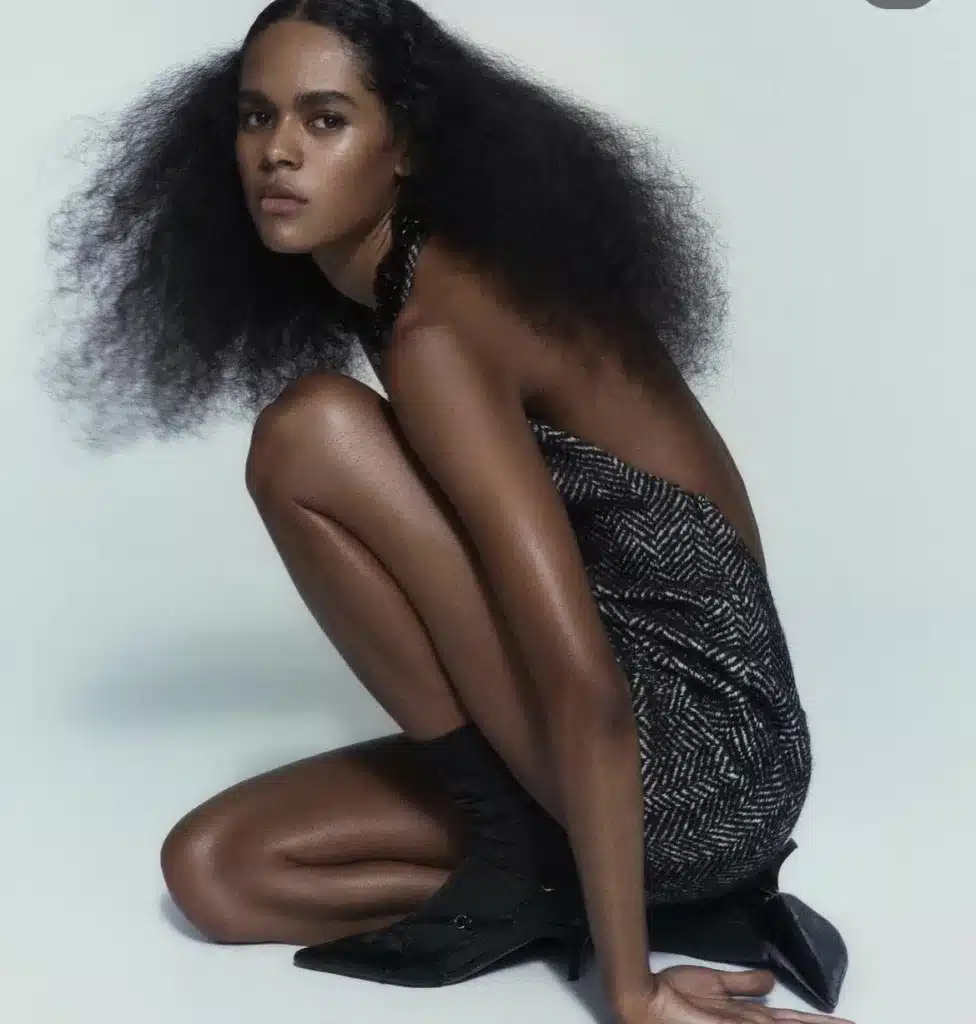
These models can be featured in a variety of advertising mediums, including television commercials, print advertisements, online campaigns, billboards, catalogs, and promotional materials. The key characteristics of commercial models include authenticity, versatility, and the ability to convey a positive and relatable image. Commercial models often work with brands, advertising agencies, and photographers to visually represent products in ways that resonate with consumers. The commercial modeling industry has evolved to prioritize inclusivity, recognizing the value of diverse representations to better connect with the real-world demographic.
Fashion model description
A fashion model is a professional who showcases clothing, accessories, and beauty products to promote fashion brands, designers, and trends. Fashion models play a crucial role in the presentation of new styles, designs, and collections through various mediums such as runway shows, editorial spreads, advertising campaigns, and social media. Key characteristics of a fashion model include:
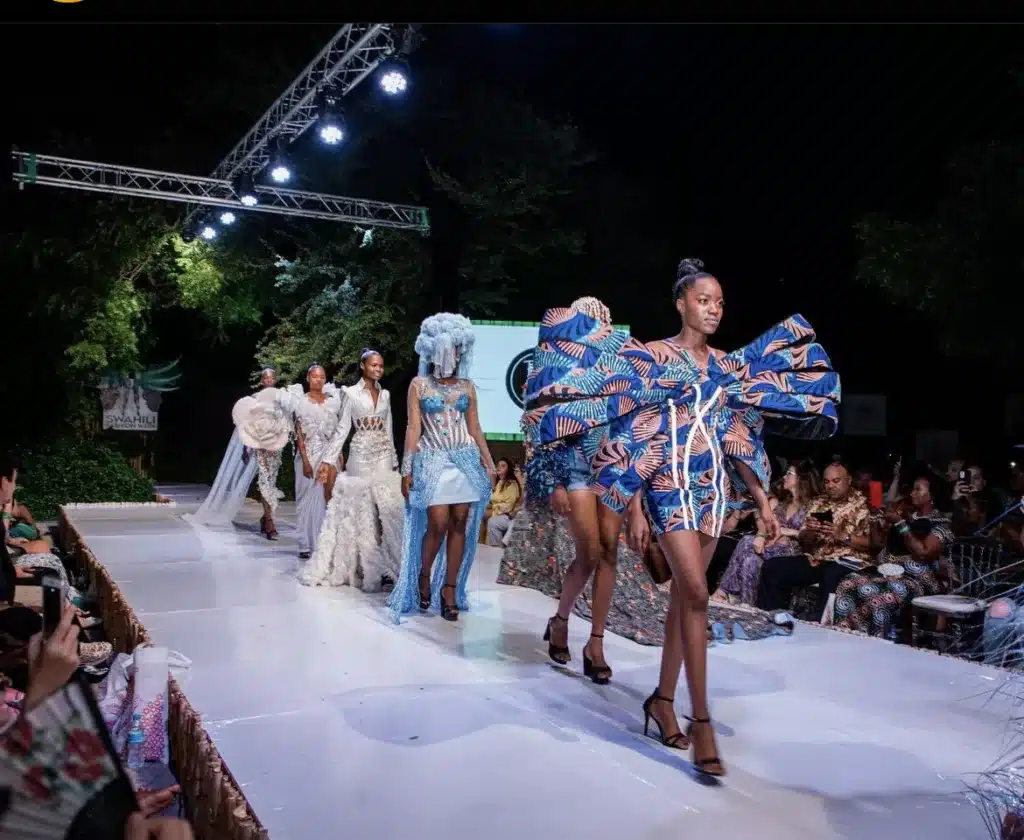
- Physical Attributes: Fashion models often possess specific physical attributes, including height, proportions, and facial features. While these standards have historically been more exclusive, the industry has been evolving to embrace greater diversity in recent years.
- Runway Presence: Fashion models walk the runway during fashion shows, presenting designer collections to an audience of industry professionals, media, and the public. Their runway walks are characterized by poise, confidence, and a distinctive style.
- Editorial Work: Fashion models frequently appear in editorial spreads for fashion magazines. These images are designed to convey a visual story and showcase the artistic and creative aspects of fashion.
- Brand Representation: Fashion models may become the face of specific fashion brands or designers, representing their aesthetic and contributing to the overall image and identity of the brand.
- Professionalism: Successful fashion models exhibit professionalism by being punctual, reliable, and adaptable. They work closely with designers, photographers, stylists, and other industry professionals to bring a vision to life.
- Global Recognition: Top fashion models often achieve international recognition and become influential figures in the fashion world. They may be featured on magazine covers, become brand ambassadors, and collaborate with renowned photographers and designers.
- Agency Representation: Many fashion models are represented by modeling agencies that help them secure opportunities, negotiate contracts, and manage their careers.
- Adaptability: Fashion models need to be adaptable and versatile, as they may be required to wear a variety of styles, work with different creative teams, and showcase a broad range of looks.
While the traditional image of a fashion model has been evolving to embrace greater diversity in terms of body types, ethnicities, and backgrounds, these professionals continue to play a crucial role in shaping and reflecting the ever-changing landscape of the fashion industry.
Several modeling agencies specialize in commercial modeling, representing models for advertising, promotions, and various marketing campaigns. These agencies work with a diverse range of individuals, emphasizing relatability and versatility. If you’re interested in pursuing commercial modeling, consider researching and reaching out to reputable commercial modeling agencies. Here are a few well-known commercial modeling agencies:
- Wilhelmina Models:
- Wilhelmina is a prominent modeling agency with offices in various major cities worldwide. They represent models for commercial, fashion, and talent work.
- Ford Models:
- Ford Models is a renowned agency representing models across different categories, including commercial modeling. They have a strong presence in the fashion and advertising industries.
- IMG Models:
- IMG Models is a global agency known for representing models in various sectors, including commercial, fashion, and sports. They have offices in major fashion capitals.
- Next Management:
- Next Management represents models in commercial, fashion, and talent sectors. They have a diverse roster and offices in multiple cities.
- The Society Management:
- The Society Management is an agency that represents models in various fields, including commercial work. They focus on developing and managing talent.
- Major Model Management:
- Major Model Management is an international agency with offices in major cities. They represent models for commercial, fashion, and runway work.
- Click Models:
- Click Models is a well-established agency with a diverse roster of models. They have offices in various cities and offer representation for commercial modeling.
- LA Models:
- LA Models is based in Los Angeles and represents models for commercial, print, and fashion work. They have a strong presence in the entertainment industry.
- Q Management:
- Q Management represents models in commercial, fashion, and talent categories. They have offices in New York and Los Angeles.
Before reaching out to any agency, it’s important to carefully review their requirements, submission guidelines, and reputation in the industry. Each agency may have specific criteria for the type of models they represent. Prepare a professional portfolio with high-quality photos showcasing your versatility and relatability, and follow the submission guidelines provided by the agency you are interested in.
commercial modeling agencies
Several modeling agencies specialize in commercial modeling, representing models for advertising, promotions, and various marketing campaigns. These agencies work with a diverse range of individuals, emphasizing relatability and versatility. If you’re interested in pursuing commercial modeling, consider researching and reaching out to reputable commercial modeling agencies. Here are a few well-known commercial modeling agencies:
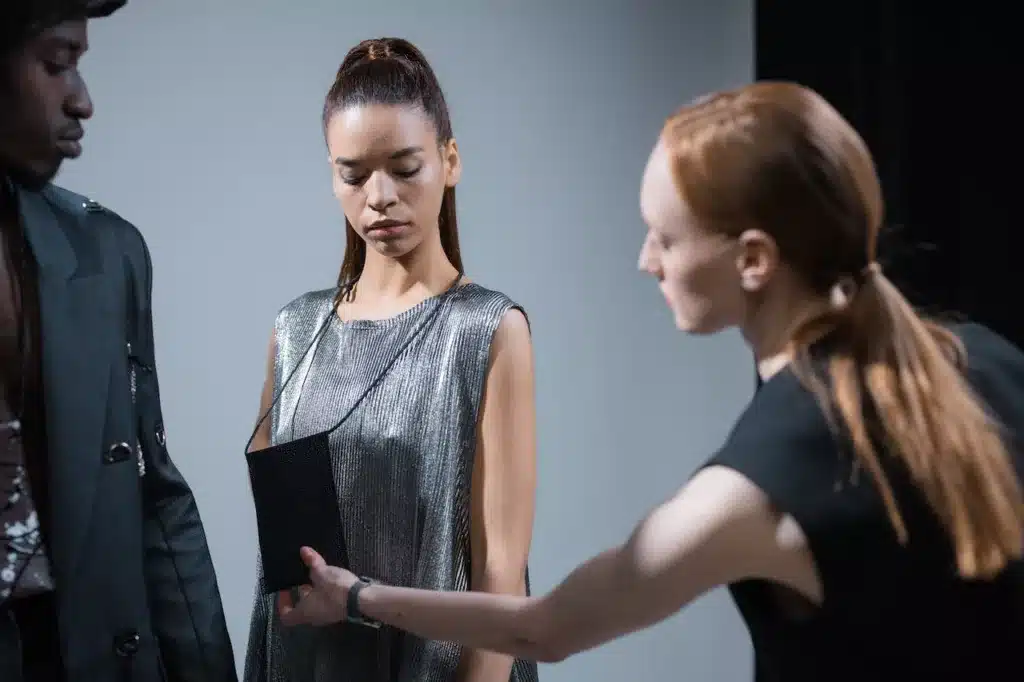
- Wilhelmina Models:
- Wilhelmina is a prominent modeling agency with offices in various major cities worldwide. They represent models for commercial, fashion, and talent work.
- Ford Models:
- Ford Models is a renowned agency representing models across different categories, including commercial modeling. They have a strong presence in the fashion and advertising industries.
- IMG Models:
- IMG Models is a global agency known for representing models in various sectors, including commercial, fashion, and sports. They have offices in major fashion capitals.
- Next Management:
- Next Management represents models in commercial, fashion, and talent sectors. They have a diverse roster and offices in multiple cities.
- The Society Management:
- The Society Management is an agency that represents models in various fields, including commercial work. They focus on developing and managing talent.
- Major Model Management:
- Major Model Management is an international agency with offices in major cities. They represent models for commercial, fashion, and runway work.
- Click Models:
- Click Models is a well-established agency with a diverse roster of models. They have offices in various cities and offer representation for commercial modeling.
- LA Models:
- LA Models is based in Los Angeles and represents models for commercial, print, and fashion work. They have a strong presence in the entertainment industry.
- Q Management:
- Q Management represents models in commercial, fashion, and talent categories. They have offices in New York and Los Angeles.
Before reaching out to any agency, it’s important to carefully review their requirements, submission guidelines, and reputation in the industry. Each agency may have specific criteria for the type of models they represent. Prepare a professional portfolio with high-quality photos showcasing your versatility and relatability, and follow the submission guidelines provided by the agency you are interested in.
Commercial modeling agencies nyc
New York City is a hub for the modeling industry, and there are several reputable modeling agencies that specialize in commercial modeling. If you’re interested in pursuing a career in commercial modeling in NYC, here are some well-known agencies to consider:
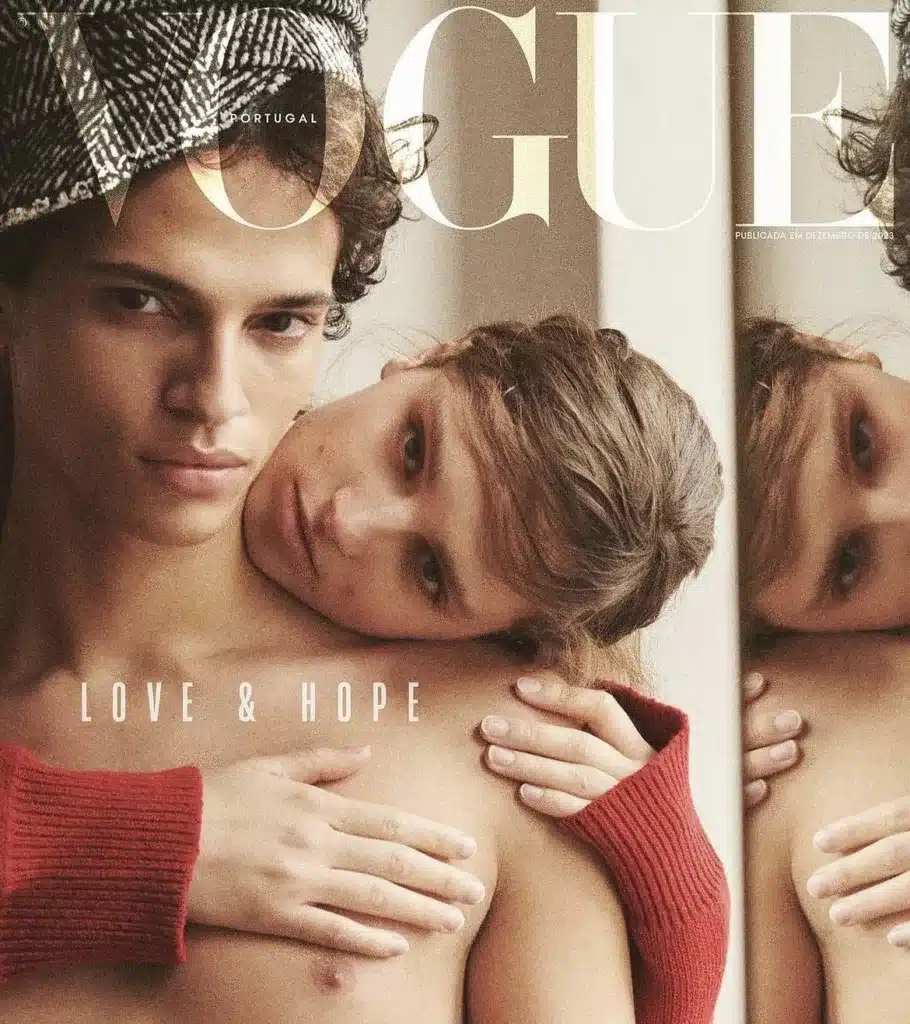
- Wilhelmina Models:
- Website: Wilhelmina Models – NYC
- Wilhelmina is a major modeling agency with a strong presence in New York. They represent models for commercial, fashion, and talent work.
- Ford Models:
- Website: Ford Models – NYC
- Ford Models is a global agency with offices in NYC. They represent models in various categories, including commercial and fashion.
- IMG Models:
- Website: IMG Models – NYC
- IMG Models is a well-established agency representing models in commercial, fashion, and talent. They have a significant presence in New York.
- Next Management:
- Website: Next Management – NYC
- Next Management is an international agency with a New York office. They represent models in commercial, fashion, and talent categories.
- Major Model Management:
- Website: Major Model Management – NYC
- Major Model Management is an international agency with a presence in New York. They represent models for commercial, fashion, and runway work.
- Click Models:
- Website: Click Models – NYC
- Click Models is a well-established agency with a diverse roster. They have a strong presence in New York and represent models for commercial and fashion work.
- Q Management:
- Website: Q Management – NYC
- Q Management represents models in commercial, fashion, and talent categories. They have offices in New York.
- CESD Talent Agency:
- Website: CESD Talent – NYC
- CESD Talent Agency represents models and talent in commercial work, including print, television, and film. They have a New York office.
Before reaching out to any agency, carefully review their submission guidelines and requirements. Prepare a professional portfolio with high-quality photos showcasing your versatility and relatability. Each agency may have specific criteria for the type of models they represent, so tailor your submissions accordingly.
Commercial print modeling
Commercial print modeling is a sector of the modeling industry that involves models posing for photographs to be used in print advertisements, catalogs, brochures, and other promotional materials. Unlike high-fashion modeling, which often features avant-garde and editorial styles, commercial print modeling focuses on showcasing products and services in a relatable and marketable way.
Key features of commercial print modeling include:
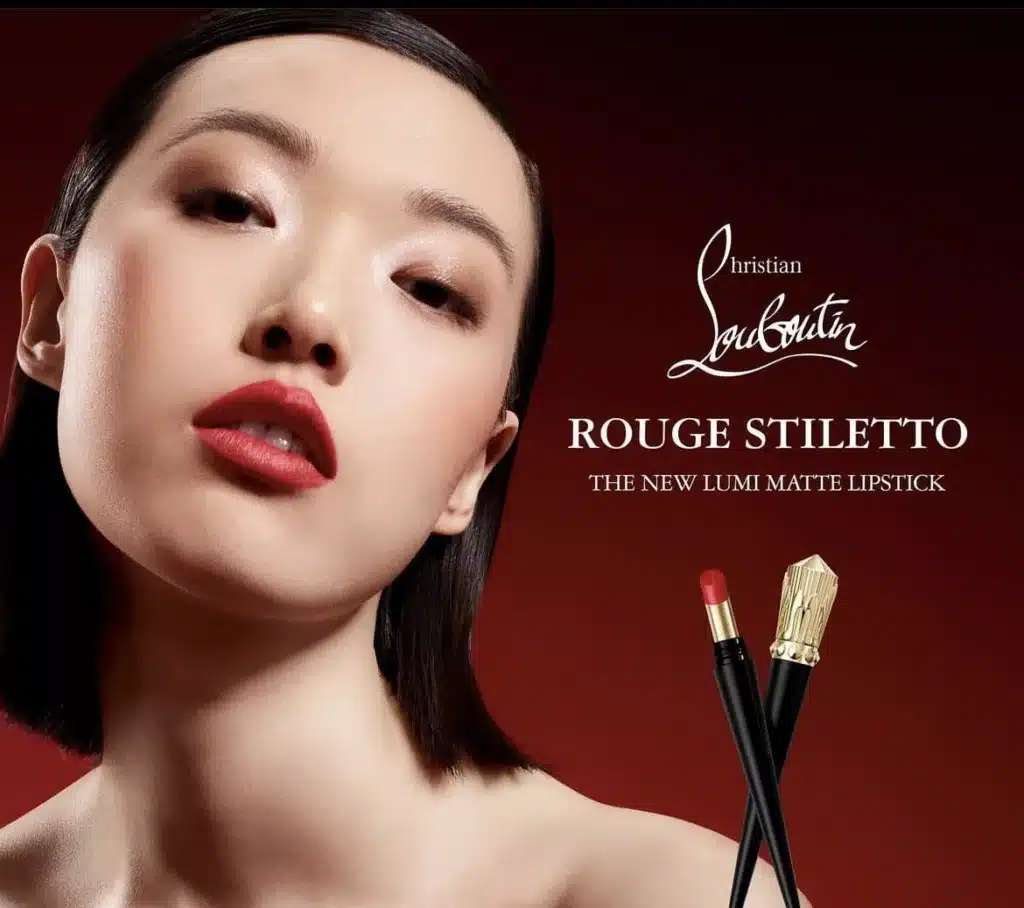
- Versatility: Commercial print models come in various ages, sizes, and looks, reflecting the diversity of the target consumer base. This allows for a broader appeal to different demographics.
- Product Representation: Models in commercial print are hired to promote a wide range of products, including clothing, beauty products, lifestyle goods, and more. The goal is to present these items in a visually appealing and relatable manner.
- Everyday Settings: Commercial print models are often photographed in everyday scenarios or environments, making the images relatable to the average consumer. This may include scenes at home, in the workplace, or engaging in common activities.
- Smiling and Approachability: Unlike some high-fashion shoots, commercial print models often convey warmth, friendliness, and approachability. Smiling and positive expressions are common to create a connection with the audience.
- Print Mediums: Commercial print modeling images are used in various print mediums, such as magazines, newspapers, brochures, posters, and online platforms. These visuals play a crucial role in marketing campaigns.
- Commercial Agencies: Many models who specialize in commercial print are represented by commercial modeling agencies. These agencies work to connect models with clients looking for individuals to promote their products or services.
- Lifestyle Portrayal: Commercial print modeling often involves portraying a lifestyle associated with the product or brand being promoted. Models may be photographed in scenarios that showcase how the product fits into the consumer’s life.
- Emphasis on Natural Beauty: While makeup and styling are still part of the process, commercial print modeling often emphasizes a more natural and relatable appearance, highlighting the model’s genuine personality.
Commercial print modeling is an essential aspect of the advertising industry, allowing brands to connect with consumers by presenting their products in a visually appealing and relatable manner. Models in this category play a crucial role in communicating the marketability and everyday use of various consumer goods and services.
Commercial modeling jobs
Commercial modeling jobs encompass a diverse range of opportunities for models to showcase products, services, and brands through various advertising and marketing channels. Unlike the more exclusive standards of high-fashion modeling, commercial modeling jobs are open to individuals of different ages, sizes, and looks, emphasizing relatability and broad audience appeal. Models in commercial jobs may find themselves posing for print advertisements, television commercials, online campaigns, billboards, and promotional materials.
These roles require versatility, as models may represent a variety of products, from clothing and beauty items to household goods and technology. The emphasis is on creating an authentic and approachable image that resonates with consumers. Commercial models often collaborate with advertising agencies, brands, and photographers, playing a crucial role in shaping the visual representation of products and contributing to the success of marketing campaigns. The field of commercial modeling offers a dynamic and inclusive space for individuals to connect with diverse audiences while showcasing the marketability of various consumer goods and services.
How much do commercial models make
The earnings of commercial models can vary widely based on several factors, including the model’s experience, the client or brand, the type of job, and the market in which they are working. Unlike high-fashion modeling, commercial modeling often involves a broader range of models, making it accessible to individuals with diverse looks and backgrounds.

Here are some general considerations regarding the earnings of commercial models:
- Day Rates: Commercial models are often paid a day rate for their work. The day rate can vary significantly and may range from a few hundred to several thousand dollars.
- Usage Fees: In commercial modeling, the usage of the images is a crucial factor. Models may receive additional compensation, known as usage fees, if their images are used for a more extended period, in multiple media formats, or for a broader audience.
- Contracts and Negotiations: The terms of compensation are typically outlined in contracts between the model and the client or agency. Negotiations may involve factors such as exclusivity, usage rights, and the scope of the campaign.
- Market Differences: Earnings can vary based on the location or market where the modeling job takes place. Models working in major fashion capitals or markets with a high demand for commercial work may command higher rates.
- Experience and Reputation: Established and experienced commercial models often earn higher rates than those who are just starting in the industry. A model’s reputation, portfolio, and the demand for their look can influence their earning potential.
- Campaign Scope: The scale and reach of the commercial campaign also play a role. A model featured in a national television commercial or a widely distributed print campaign may receive higher compensation than a model in a local or regional campaign.
It’s important for aspiring models to have clear communication with their agents or representatives regarding compensation and contractual terms. Additionally, understanding industry standards, keeping a professional portfolio, and building a strong reputation can contribute to a model’s success and earning potential in the commercial modeling industry.

